During the Joint Monitoring Mission to Uganda organised by the Embassy of Ireland in The Hague and the Trust Fund for Victims (TFV), with the assistance of the Embassy of Ireland in Kampala, the group visited the Gulu Regional Orthopaedic Workshop (GROW) in the regional referral hospital in Gulu, northern Uganda, to review the implementation of the TFV programme.
“This leg is very good. It has enabled me to do a lot of things,” Margaret Aloyojok told the delegates to the Joint Monitoring Mission to Uganda who were visiting the Gulu Regional Orthopaedic Workshop (GROW) in the regional referral hospital in Gulu.
However, she had a request for her benefactors: “Can these limbs be made from stronger materials?”
Aloyojok is not complaining. In fact, she is happy. She has a reason to smile again. For a long time after stepping on a landmine that blew off her leg at the height of the war between the Lord’s Resistance Army (LRA) and the Ugandan government, she had nothing to look forward to. She could not even carry out the most mundane of household chores because she found it difficult to move without a limb.

Her request about the prosthetic that has changed her life springs from her concern that it has to be maintained. It needs minor repairs every year because of wear and tear has to be replaced every two years.
Aloyojok is one of the lucky war victims who have benefited from the rehabilitation centre at GROW. And she wishes others in her community could get the help she has received.
“The support has not reached all the people in the community,” she said.
Aloyojok’s story is typical of a wartime situation, which brings suffering to innocent civilians. On that fateful day, August 15, 2003, she was on her way to fetch water from the spring when she slipped and fell into a ditch. Unknowingly, she had landed on a landmine. After the explosion, she realised something was wrong when she tried to get up but could not lift her leg. She also noticed that she was bleeding profusely. She was lucky to be rescued by Uganda government soldiers who were passing by. They rushed her to a hospital nearby, where the bleeding was stopped. However, her leg could not be saved due to the shattered bones and had to be amputated.
RELATED: Look, I’m happy: Tales of resilience, hope, and survival
This was the beginning of a difficult time in her life. She was shunned by members of her family and her husband left, abandoning her and her three children. She had no home and no way to help herself and her family because of her new disability. Going to live with her brother’s family offered no solution and instead heightened the tensions in the home as his wife threatened to leave. Aloyojok felt helpless, worthless, and alone.
It was while in this state that she came into contact with representatives from the AVSI Foundation, who connected her to the rehabilitation centre at GROW. In addition to the artificial limb, she also received psychological support to help her cope with her situation.
“Now I can till my farm. I can even fetch water in a 20-litre jerrycan,” she told the delegates, proudly displaying her prosthetic right leg, which, from a distance, looks remarkably like a natural limb.
Richard Ongom echoes Aloyojok’s sentiments.

“Without these limbs, we cannot do any work,” he said.
He also lost his leg in a landmine explosion on October 9, 2003, which killed two people and seriously injured five others. He had to stay a long time in the hospital to nurse his amputated limb and other injuries, as well as receive rehabilitation. He felt hopeless, his children dropped out of school, and his family went hungry.
In addition, he had nightmares, reliving the horror of the day he was injured. He became withdrawn.
Aloyojok and Ongom are two of the more than 1,800 persons who have received support from the workshop, most of them with the intervention of the AVSI Foundation.
For the AVSI Foundation Country Representative John Makoha this is not just a number. “It is not merely statistics of 1,800 but the transformation of individual lives and families.”
That is why he believes the funding and support received from the Trust Fund for Victims (TFV) is crucial as it assists in this transformation.
And he finds it particularly appropriate at this stage in the foundation’s existence.
“As AVSI Foundation celebrates its 50th anniversary, we are telling ourselves we are renewing our commitment by looking at the things we started and understanding if we still hold that mission; the mission of serving everybody,” he said.
As the foundation has learnt, serving does not come without challenges. Makoha said many of the patients find it difficult to get to the rehabilitation centre. Therefore, every year, his organisation has to devise appropriate means of reaching them so that they can get the assistance they need.
The AVSI Foundation in Uganda established the workshop in 1998 with the support of the Italian Government. It aimed to cater for landmine injuries resulting from the LRA insurgency.
ALSO READ: The guns are silenced, but the wounds are still with us
Through the support of the TFV, victims have continued to receive mobility appliances and a variety of rehabilitation services. GROW has evolved into a regional rehabilitation centre, serving more than 400 war victims annually by enabling access to prostheses, orthoses, physiotherapy, counselling, and occupational therapy services.
It is the biggest orthopaedic workshop in Uganda and the only one providing services to war victims from the Acholi, Lango, Teso sub-regions and Adjumani district.
The AVSI Foundation describes itself as a “non-governmental organisation that has been working in northern Uganda since 1984, in providing health care, education, socio-economic, humanitarian and development services even during some of the hardest times in the war”.







